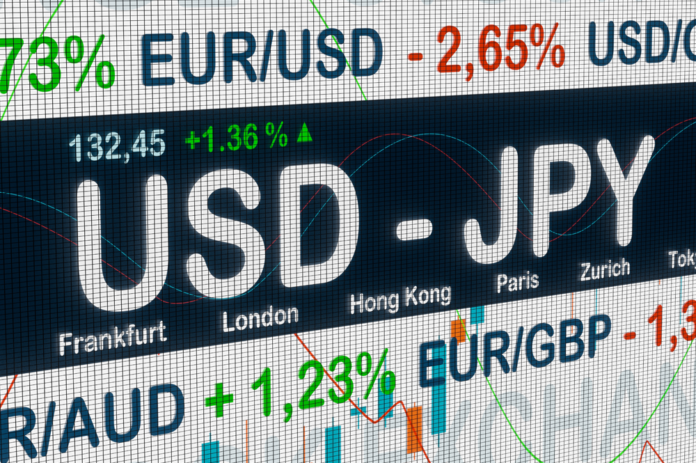The U.S. dollar stabilized on Wednesday, benefiting from the previous night’s weakness ahead of the release of the July Consumer Price Index, while the British pound weakened following benign inflation data.
Dollar Slides on CPI Expectations
The U.S. dollar retreated on Tuesday after the Producer Price Index (PPI) for July came in below expectations, prompting traders to shift their bets slightly towards a 50 basis point rate cut in September.
The PPI reading raised hopes that the Consumer Price Index (CPI) inflation reading, to be released later today (Wednesday), will also indicate that inflation remained subdued in July, giving the Federal Reserve more room to initiate rate cuts.
Analysts have been bearish on the dollar in recent days and generally optimistic about anything that stabilizes confidence. A benign U.S. CPI reading could pave the way for more dollar trading until the underlying Personal Consumption Expenditures (PCE) data is released on August 30, followed by the September 6 employment numbers.
At the end of July, the Federal Reserve kept the official interest rate at 5.25% to 5.50%, as it has done for more than a year, although it indicated that it might cut rates in September if inflation continues to cool.
Pound Falls on UK Inflation Release
In Europe, GBP/USD lost about 0.2% to 1.2837 after UK consumer price inflation rose less than expected in July, increasing the likelihood that the Bank of England (BoE) will cut interest rates again.
The annual rate of consumer price inflation was expected to rise to 2.2% after two months at the BoE’s 2% target, but it came in below the 2.3% estimate.
The Bank of England cut interest rates from 5.25%, its highest level in 16 years, earlier this month, and financial markets are now pricing in a 44% chance that the BoE will cut rates by a quarter point in September, down from 36% before the data release.
EUR/USD rose nearly 0.3% to 1.1019, reaching levels not seen earlier this year, after France’s EU-harmonized year-on-year inflation rose to 2.7% in July from 2.5% in June.
The European Central Bank began cutting interest rates in June, and most expect policymakers to agree to another reduction in September, although rising inflation could make this less likely.
New Zealand Dollar Loses Ground After Rate Cut
In Oceania, NZD/USD fell nearly 1% to 0.6014 after the Reserve Bank of New Zealand (RBNZ) cut interest rates by 25 basis points, and Governor Adrian Orr reported that the bank had also considered a 50 basis point reduction.
The RBNZ highlighted progress made towards achieving its annual inflation target of between 1% and 3%, while noting market expectations that interest rates will fall by 100 basis points by mid-2025.
In Asia, USD/JPY was up nearly 0.2% to 147.15, showing signs of stability after strong overnight gains, although further strength in the yen was capped by improved risk appetite.
Second-quarter Gross Domestic Product (GDP) data from Japan will be released on Thursday, which is likely to influence the Bank of Japan’s rate-cutting plans.
USD/CNY lost about 0.1% to 7.1470, with industrial production data and retail sales figures due for release later this week.



